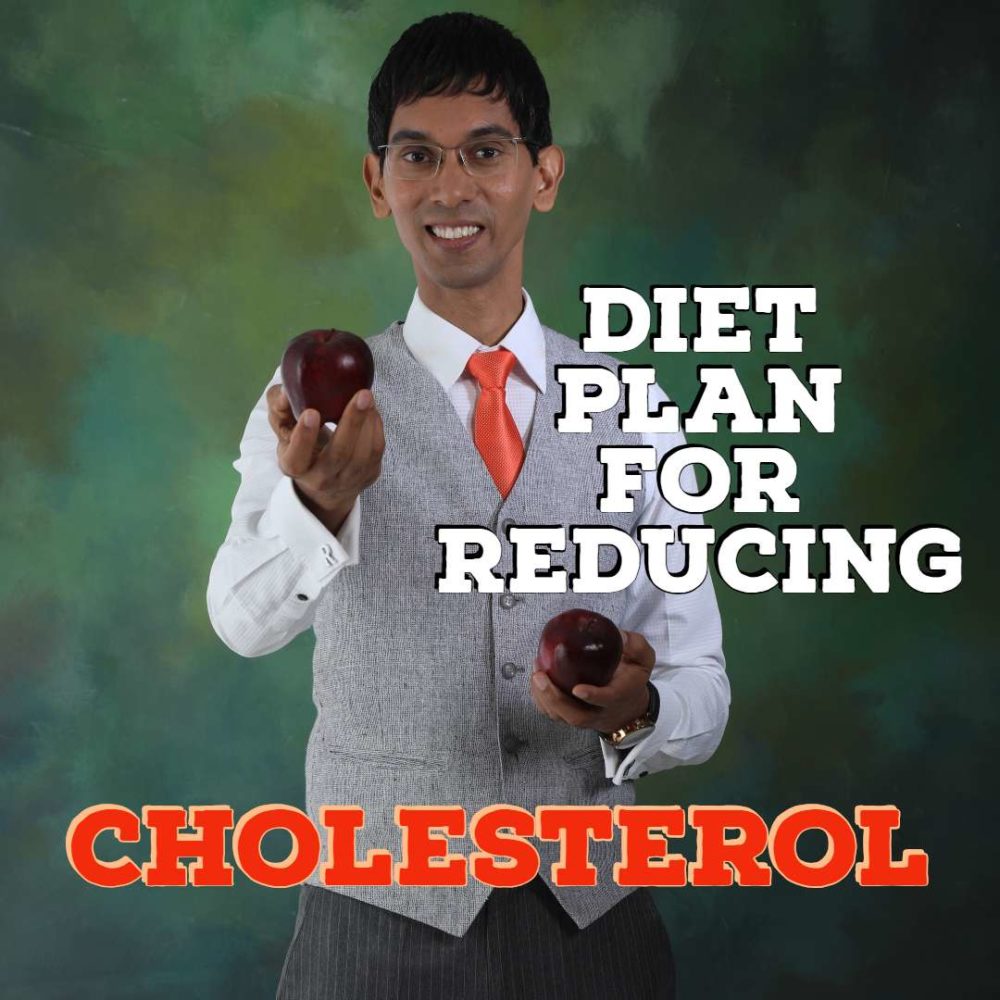20 Interesting Nutrition Facts that will blow your mind!!!

2024-02-26 08:24:34
20 Interesting Nutrition Facts that will blow your mind!!!
Nutrition is the hot topic these days, everyone seems to be talking about it, trying out various trending diets. You see anyone giving diet tips anywhere from your family whatsapp group to your gym trainer. While most of us have a general idea about diet and nutrition here are some interesting facts which I am sure you didn’t know.
#1 Kiwi fruit skin is edible and is loaded with fiber and vitamin C
Often we only consume the green part of Kiwifruit but did you know that the skin is edible too and is rich in vitamin E, vitamin C and fibre? δ-tocomonoenol is the type of Vitamin E found in the skin of kiwifruit and has antioxidant properties. One might not like the hairy texture of the skin but scrubbing it gently with a clean towel or spoon will improve the texture, you can also use the whole fruit to make a smoothie or juice (1).
#2 Vitamins are so called because they are “Vital Amines” for your body
DrCasimir Funk, a biochemist reported that he had isolated the active factor which he suggestedbelonged to class of “amines”. He even hypothesized that the trace active compound which he isolated whose deficiency led to diseases such as scurvy belonged to same class as amino acids and thus coined the term “Vitamine”. Later it was discovered that not all are amines in the class after which they dropped the alphabet “e” as they needed a new term and thus was shortened to “Vitamin” (2,3).
#3 Banana, tomatoes, pumpkin, watermelon and avocado are berries
Botanically a berry is defined as a fruit produced from the ovary of a single flower in which the outer layer of the ovary wall develops into an edible fleshy portion (pericarp) which makes banana, tomato, pumpkin, watermelon and avocado as berries. If we go by the botanic definition starberry, blackberry and raspberry would be aggregate fruits and not berries which we often call them.
#4 Hilsa fish provides 5 times more Vitamin D than whole milk
Hilsa fish is found across India, and is commonly eaten in Kochi and Kolkata. The vitamin D recommendation for Indians is 400 IU/day and Hilsa fish has 198 IU/100 g of Vitamin D which is almost 50% of the RDA whereas whole milk has only 40 IU/100 g of Vitamin D. The type of Vitamin D found in Hilsa fish is Cholecalciferoli.e Vitamin D3, so enjoy a serving of fish to get your Vitamin D
#5 If you stay awake after drinking coffee then your body cannot metabolize caffeine
Caffeine is the active component of coffee and not everyone has the gene to metabolize caffeine, which is why after consuming coffee one might feel jittery, alert, anxious, sleepless or nauseous if your body cannot metabolize caffeine. The gene responsible for caffeine metabolism is CYP1A2 and variation in the gene affects caffeine metabolism. So if you fall asleep and do not feel jittery it means that your body can metabolize caffeine.
#6 Fish oil supplements can be a vegetarian dot!
Good news for vegetarians is that fish oil supplements also comes with a vegetarian dot. This type is extracted from algae (a plant in the ocean which is eaten by fish). On consumption it gives you a fish burp which ensures that it has a high omega 3 fatty acid. It can either be consumed early in the morning or before going to sleep. Not more than 3 capsules are recommended, where EPA should be more than 500mg.
#7 Dining with Oregano can provide you the same benefits as fruits!
Thanks to generous levels of phytochemicals and antioxidants present in oregano for that! Among 27 culinary herbs and 12 medicinal herbs tested, Oregano has the highest antioxidant activity ranking even higher than fruits and vegetables. Oregano also presents antimicrobial activity against pathogens like Salmonella typhimurium, E. coli, Staphylococcus aureus and Staphylococcus epidermidis. But do not eat too much it and do take care of the toxicity 🙂
#8 Tannin: A component in Tea is both an antioxidant and an antinutrient!
Tannin is a well known component of tea, but is has both antinutrient and antioxidant properties. While on the one hand it inhibits the absorption of iron, on the other hand it inhibits lipid peroxidation. In order to avail the ‘benefits’ of it, portion size, frequency of consumption, of consumption and adequate knowledge of the science behind eating is extremely important.
#9 Even the best of oils become harmful when they emit smoke on repeated usage!
Every oil has a smoke point at this temperature the nutritional content of oil begins rapidly degrading. The smoke point comes when oil actually begin emitting smoke, which is often more toxic than the destroyed oil. Every time you reuse oil its smoke point temperature is lowered, because it has already undergone some break-down from previous uses.
#10 Digestion begins in the mouth, not in the stomach!
Chewing the food up to atleast 25 times is important before we swallow it as it causes mouth to secrete saliva that digests starches and fats in the mouth. It signals digestive tract to do its job. Moreover, it will prevent us from having GI disturbances. Do calm down and eat your food, there is no hurry! 🙂
#11 Drinking coffee reduces the risk of depression especially in women
Components in coffee counteract and reduce the negative effects of depression. Coffee also contains chlorogenic acid, ferulic acid, and caffeic acid. These acids may help in reducing the inflammation of nerve cells that takes place in the brains of people suffering from depression. Research also states that coffee reduces the chances of suicide.
#12 Chewing gum helps to reduce anxiety levels, relieves stress and makes you more alert
Do you find it difficult to concentrate and sleepy mid afternoon? Try chewing on a gum, studies have found that chewing mint flavored gum dramatically reduced feelings of tiredness. Another study on the subject found that chewing gum can improve overall test scores and memory by 35 per cent, relieve stress and reduce anxiety levels.
#13 Smell an apple to prevent claustrophobia.
An apple a day can also help with claustrophobia as it relieves the stress associated with confined spaces, according to a research study from the Smell and Taste Treatment and Research Foundation. Sniffing a green apple may also prevent headaches and migraines.
#14 Eating tomatoes or drinking tomato juice can reduce the risk of osteoporosis
Drinking two glasses of tomato juice a day strengthens bones and can prevent osteoporosis due to the component lycopene present in tomatoes that slows down the process of breaking down of bones which helps in protecting against the disease.
#15 Oatmeal provides a serotonin boost to relax the brain and improve your mood.
Oat is a complex carb because when it goes into your system it slowly and steadily releases energy that can help keep you energized throughout the day. It is also rich in serotonin that helps give the brain a boost lift your mood.
#16 Fruit Juice Isn’t That Different From Sugary Soft Drinks
We believe that fruit juices are healthy, as they come from fruit alhough fresh fruit juice are high in antioxidants it contains just as much sugar as sugary soft drinks like Coca-Cola. Due to its no chewing resistance and lack of fibre one consues a lot of sugar easily.
#17 Muscle pain? Consider ginger!
Ginger has two active components called gingerol and shogaols which have anti-inflammatory properties which benefits in reducing muscle pain after a workout. A 2010 study found that ginger can help reduce exercise-induced muscle pain by upto 25%.
#18 Dry fruits are good, but may not be best !
Drying fruits causes massive nutrient loss, depleting 30 – 80 % of its vitamins and antioxidant content which also makes it a concentrated form of sugar.
#19 Free range eggs for lower cholesterol
Free range , cage – free eggs have 1/3 less cholesterol, ¼ less saturated fat , 2x more omega – 3s, 3x more, vitamin E, 7x more beta – carotene than the commercially – produced variety .
#20 Soda is leaching your bone!
Soda intake leaches calcium from bones, which contributes to lower mineral density and the development of osteoporosis. It also destroy the tooth enamel
What if these amazing nutrition facts are part of your daily healthy eating? For a customized nutrition plan visit us on www.quanutrition.com
1.Fiorentino A, Mastellone C, D’Abrosca B, Pacifico S, Scognamiglio M, Cefarelli G, et al. δ-Tocomonoenol: A new vitamin E from kiwi (Actinidia chinensis) fruits. Food Chem. 2009 Jul 1;115(1):187–92.
2.Spedding S. Vitamins are more funky than Casimir thought. Australasian Medical Journal. 2013;6(2):104–6.
3.Rosenfeld L. Vitamine—vitamin. The early years of discovery. Clin Chem. 1997;43(4).
4.MIYAKAWA T. Autoxidation of Fats and Oils. J Japan Oil Chem Soc. 1965;14(12):662–71.
5.Ashok.P.k, Upadhyaya.Kumud. Tannins are Astringent. J Pharmacogn Phytochem. 2012;1(3):45–50.
6.Saunders A V., Davis BC, Garg ML. Omega-3 polyunsaturated fatty acids and vegetarian diets. Med J Aust. 2013;199(4):S22–6.
7.Journal E, Science F, Vol T, Centre E, Uk D. SPICES – THE SPICE OF LIFE Dr. Balasasirekha R Department of Food Science and Nutrition, Avinashilingam University, Coimbatore – 641 043, Tamil Nadu, India. 2014;2(1):29–40.
8.Black CD, Herring MP, Hurley DJ, O’Connor PJ. Ginger (Zingiber officinale) reduces muscle pain caused by eccentric exercise. J Pain [Internet]. 2010 Sep [cited 2019 Oct 14];11(9):894–903. Available from: http://www.ncbi.nlm.nih.gov/pubmed/20418184
9.Kitchens M, Owens BM. Effect of carbonated beverages, coffee, sports and high energy drinks, and bottled water on the in vitro erosion characteristics of dental enamel. J Clin Pediatr Dent [Internet]. 2007 [cited 2019 Oct 14];31(3):153–9. Available from: http://www.ncbi.nlm.nih.gov/pubmed/17550037
https://www.realbuzz.com/articles-interests/health/article/10-surprising-health-facts/




